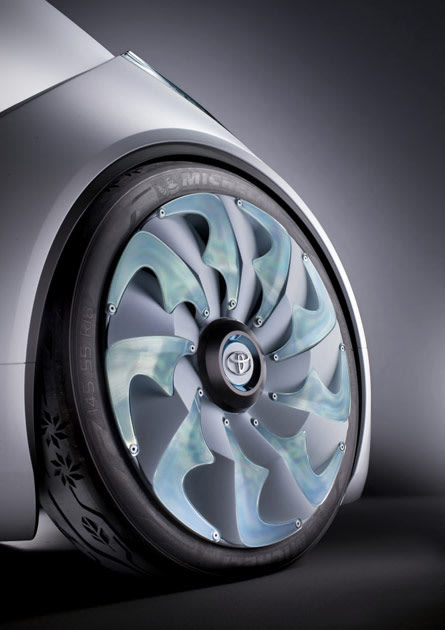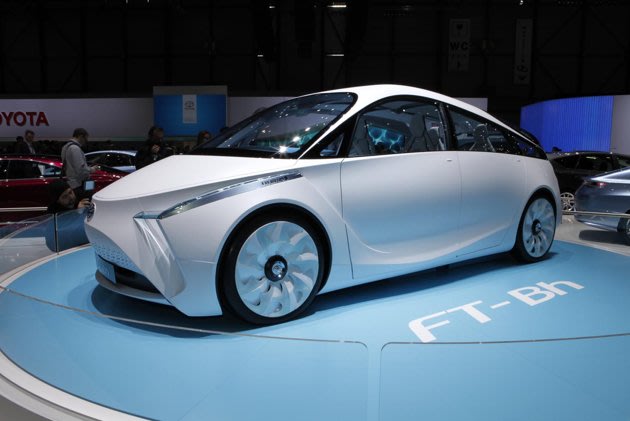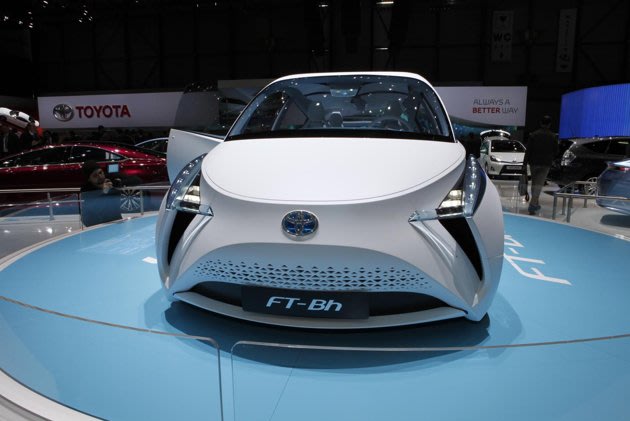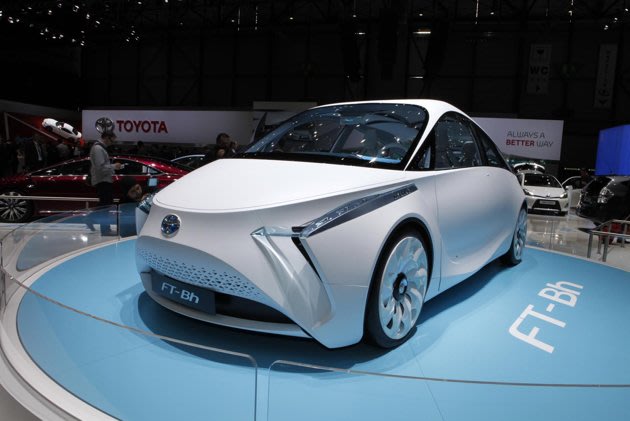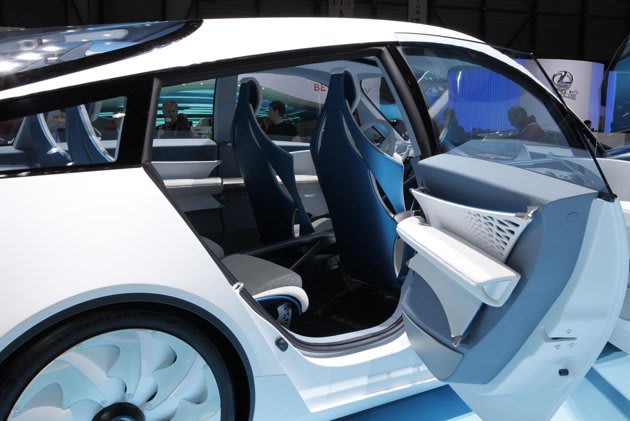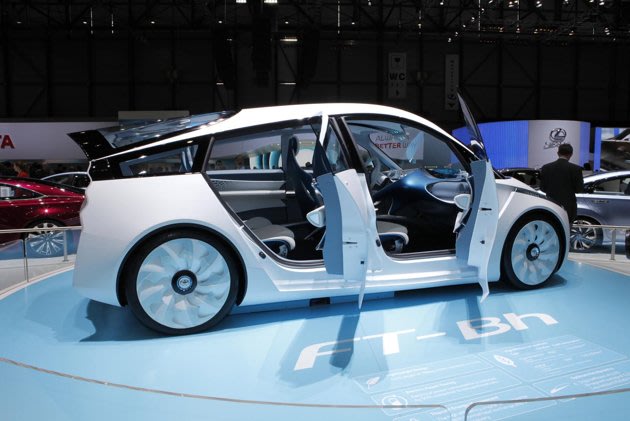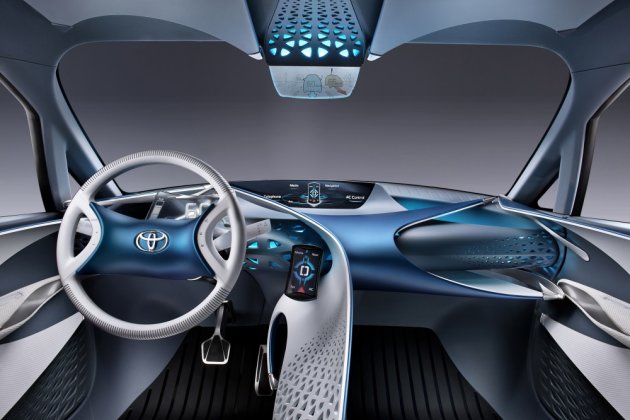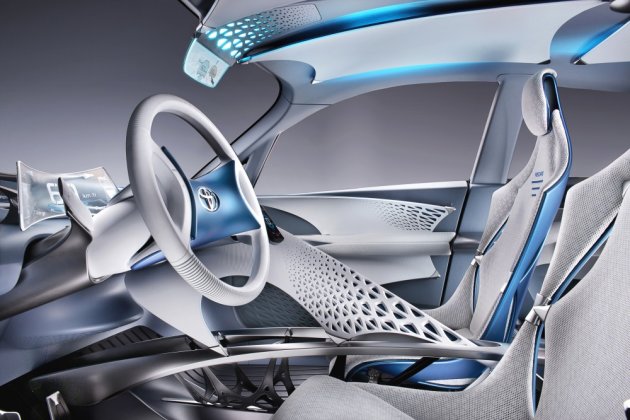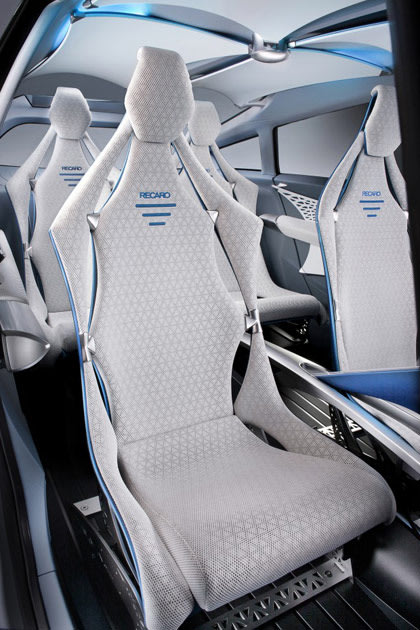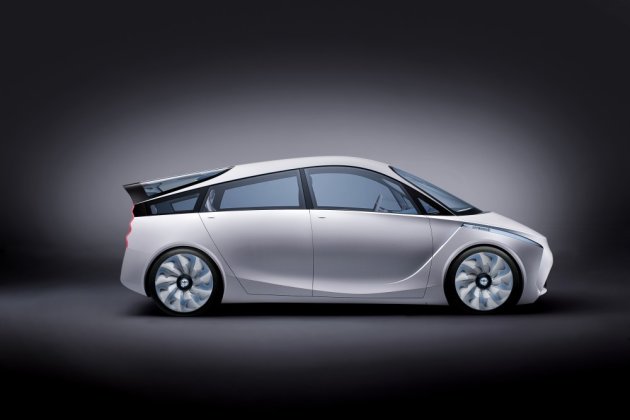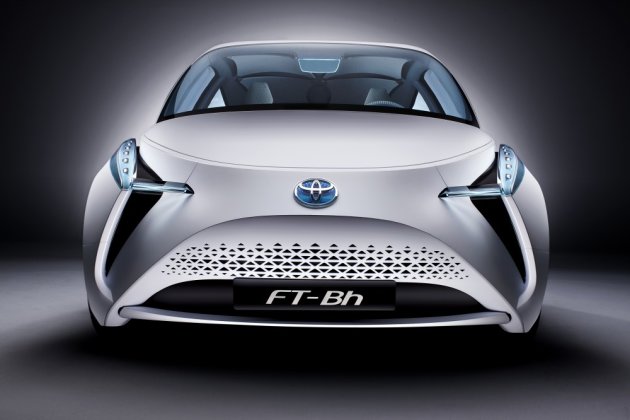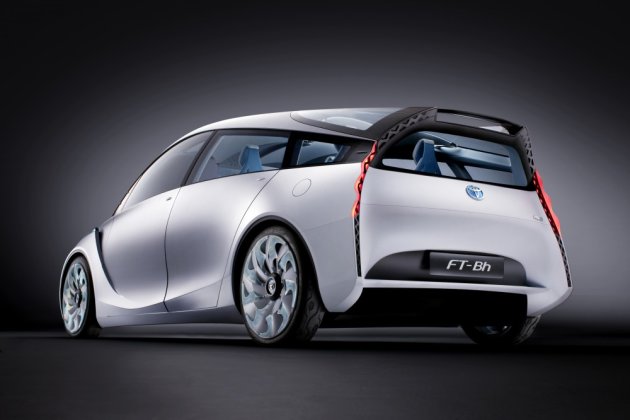Toyota FT-Bh Concept – the hybrid car of tomorrow
This is the Toyota FT-Bh, a hybrid concept that gets 134.5 mpg, that is approximately 57 kilometre per litre. The Concept was conceived to show how to build a Toyota Yaris-sized hybrid for maximum efficiency without using exotic materials that would drive up prices. Weighing a scant 1,700 lbs., and sculpted for aerodynamics, the FT-Bh's power comes from a 1-liter, two-cylinder engine -- a smaller mill than what you find in large motorcycles.
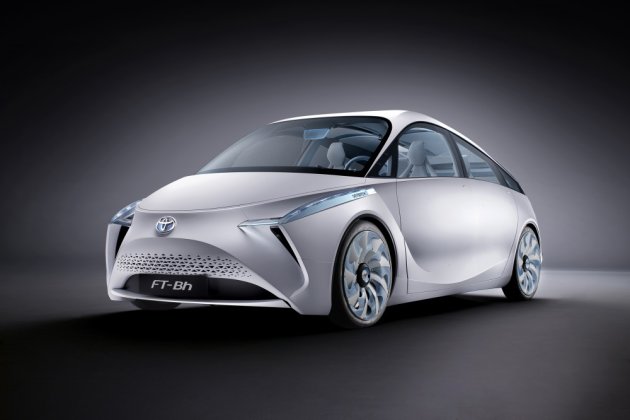
This is the Toyota FT-Bh, a hybrid concept that gets 134.5 mpg, that is approximately 57 kilometre per litre. The Concept was conceived to show how to build a Toyota Yaris-sized hybrid for maximum efficiency without using exotic materials that would drive up prices. Weighing a scant 1,700 lbs., and sculpted for aerodynamics, the FT-Bh's power comes from a 1-liter, two-cylinder engine -- a smaller mill than what you find in large motorcycles.
Toyota’s new FT-Bh concept is a vehicle designed to take the efficiency of full hybrid vehicles to new heights. Making its debut at the Geneva motor show, it is an ultra-light concept, weighing less than 800kg, which demonstrates what can be achieved in terms of fuel consumption and CO2 emissions in an affordable family supermini.
Those figures are from a vehicle that is close in size to today’s Yaris, at 3,985mm long, 1,695mm wide and 1,400mm tall, with a 2,570mm wheelbase. The emissions are about half the level of those produced by a 1.0-litre Yaris.
n their mission to achieve the best possible fuel economy and emissions, the design team focused on five key areas: reducing weight; driving resistance (including aerodynamic and tyre performance); powertrain efficiency; thermal energy management; and electricity savings.
Toyota recognises that a real-world reduction of total global vehicle CO2 emissions can only be brought about if an affordable, ultra-low emissions vehicle can be manufactured and sold in sufficiently high volumes. That made it important that the concept did not require exotic, expensive materials or complex manufacturing procedures, but used instead only those that are already commonly available in the motor industry.
The way in which the cabin merges seamlessly into the rear of the vehicle, with an uplifted rear bumper and chevron-shaped corner elements, helps achieve the best possible aerodynamic performance and deliver a drag coefficient of just 0.235
The front end of the car broadcastsToyota’s current design language with its large lower grille, together with a sculpted bonnet and headlamps that are integrated into the front wings. Ultra-slim A and C-pillars maximise the glazed area for better visibility and a greater sense of space in the cabin.
The way in which the cabin merges seamlessly into the rear of the vehicle, with an uplifted rear bumper and chevron-shaped corner elements, helps achieve the best possible aerodynamic performance and deliver a drag coefficient of just 0.235.
Such a large saving in the weight of cabin parts has had a ripple effect in weight reduction in the rest of the vehicle. For example, it means there is less load applied on the body structure and suspension, allowing components to be downsized. And less weight means a smaller displacement engine can be used, further saving weight and thermal energy losses.
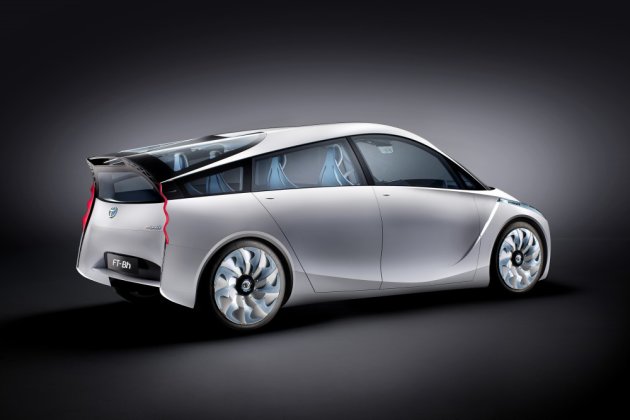
Powertrain
FT-Bh’s full hybrid drive system is a masterpiece of powertrain downsizing. With substantial weight savings in every driveline component, it is almost 90kg lighter than theHybrid Synergy Drivesystem used in today’s Prius.The lightweight, two-cylinder, 1.0-litre Atkinson cycle petrol engine combines high efficiency with low thermal capacity and benefits with detailed measures to increase combustion efficiency and reduce friction. As a result, FT-Bh achieves an average fuel consumption of 134.5mpg and CO2 emissions of just 49g/km.The car’s light weight makes it agile and responsive to throttle and brakes, and thanks to its electric motor delivering maximum torque from standstill, it is nimble, too.
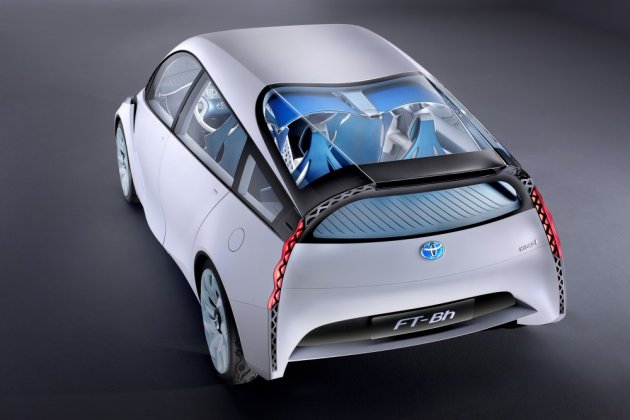
FT-Bh demonstrates the adaptability of Toyota’s Hybrid Synergy Drivetechnology. It serves as a study for how even greater fuel efficiency might be achieved in the medium term by using two alternative powertrains: a compressed natural gas hybrid (CNG-HV), with 38g/km CO2 emissions; and a Plug-in hybrid (PHEV), emitting just 19g/km.
Powertrain
FT-Bh’s full hybrid drive system is a masterpiece of powertrain downsizing. With substantial weight savings in every driveline component, it is almost 90kg lighter than theHybrid Synergy Drivesystem used in today’s Prius.The lightweight, two-cylinder, 1.0-litre Atkinson cycle petrol engine
Thermal energy management and electricity saving
Further goals for FT-Bh were improvements in the recovery of thermal energy and a 50 per cent reduction in electricity consumption. The cabin uses thermally efficient components and the air conditioning focuses only on parts of the car where people are sitting.
